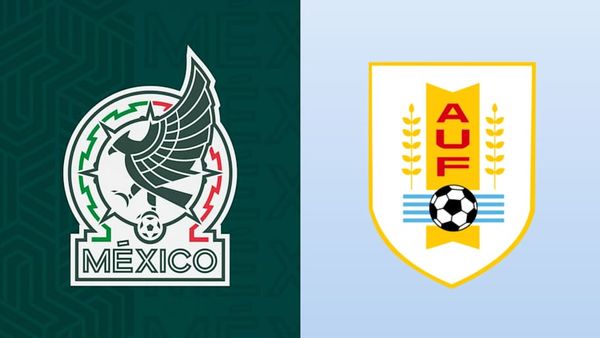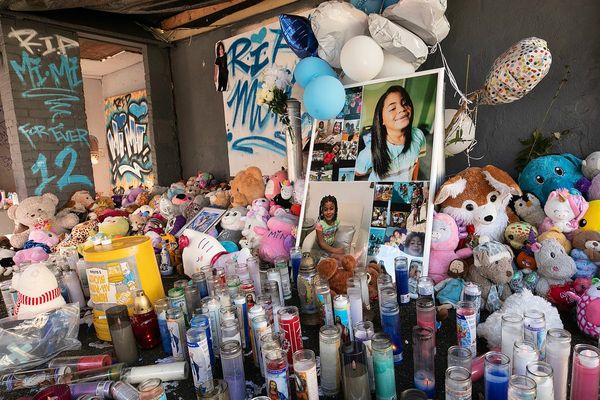
The Dutch photographer Erwin Olaf, who has died aged 64 following a lung transplant, straddled the world of art, advertising and fashion photography with a sumptuous cinematic and painterly aesthetic. Into his meticulously staged works he introduced subtle imperfections to stir disquiet in his audience: “There should be a riddle in every powerful image, so you are intrigued and invited to look over and over again.”
He was influenced by the storytelling power of cinema and the emotion it could provoke. He wanted to create an open-ended narrative in a single shot, to capture the moment between what just happened and what is about to happen. In 2014 he said: “I used to want to conquer the world with strong images, but nowadays I want to say to the viewer: I’ll give you the ingredients, you make the story.”

Olaf began as a controversial figure, striving to subvert established norms, challenge taboos and celebrate diversity. His first inspiration, one that “struck me like lightning” as a student, was Weegee’s Transvestite/The Gay Deceiver c1939, a photograph with a celluloid quality that would stay with him and become a motif of his work. Other influences were the photographers Robert Mapplethorpe, Helmut Newton and Joel-Peter Witkin, but he also drew inspiration from the Dutch masters Rembrandt, Jan Steen and George Hendrik Breitner.
While living in a squat in Amsterdam in the 1980s, Olaf began photographing the city’s nightlife and the gay liberation movement, exploring sexuality in stark black and white images.
In 1988 he completed a series of images called Chessmen. Comprising 32 sadomasochistic erotic tableaux inspired by medieval chess pieces, Chessmen crystallised the way he wanted to present his work: as a series of thematically linked, single photographs. It was his breakthrough moment and Olaf was awarded first prize in the 1988 Young European Photographer competition. A book of the work was published and his first major solo exhibition opened at Museum Ludwig in Cologne, Germany.
Despite his underground, radical beginnings, his sheer talent, mastery of the medium and innate affinity with the traditions of Dutch art soon meant he was embraced by the mainstream in his homeland. In 2013, he designed the new Dutch euro coins based on his portrait of King Willem-Alexander. He took the official state portraits of the Dutch royal family in 2018, which were turned into the royal Christmas card and issued as postage stamps. The following year, on his 60th birthday, there was a double exhibition of his work in The Hague, and one at the Rijksmuseum in Amsterdam, featuring core work from the 500 items he donated to the museum.
Born Erwin Olaf Springveld in the town of Hilversum to Simon Springveld, a sales manager for an office supplies company, and Alida (nee Van ’t Hoff), he moved with the family to Hoevelaken in 1967 and attended secondary school in Amersfoort. In 1977 he enrolled at the School of Journalism in Utrecht, but in his second year, a photography tutor saw that Erwin was unhappy and invited him to one of his classes: “I felt comfortable with the medium immediately, [it] felt like a homecoming.”
After graduating in 1980, he assisted a photojournalist in Amsterdam for two years, while also documenting the gay scene. He loved the theatre of the clubs, the experimentation with persona and gender identity. He gained his first commission from Vinyl, a music magazine, and was published in queer magazines and newspapers.
But he wanted to create his own reality, his own surrealist dreamworld. He dropped his surname, and his 35mm Nikon camera, and bought a second-hand medium-format Hasselblad, which would bring a more formal quality to his edgy work.
Encouraged to be true to his own instincts by his then partner and muse, the militant gay activist Teun Frieszo, Olaf set up a rudimentary studio. He photographed friends from the queer scene and made money taking portraits but, following his success with Chessmen, finally had the freedom to explore his own artistic vision more fully.
He introduced colour and digital manipulation into his work, which became more expansive, characterised by forensic attention to detail. His team of assistants, wardrobe artists, location scouts and set builders helped him produce flawlessly lit and dressed images that depicted mysterious fairy tales, though behind each beautiful facade lies a fissure, signified by an uneasy pose or an incongruous detail.
He produced work for fashion magazines such as Vogue and Elle, and companies such as Heineken, Microsoft, Bottega Veneta and Diesel Jeans, for which he won the 1999 Silver Lion at the Cannes advertising festival. All the images he created were as worthy of being hung in museums as billboards.

Olaf’s personal work continued to be provocative: Mature (1999) depicts elderly women as sensual supermodels; Fashion Victims (2000) highlights the consumerism of designer labels; and Royal Blood (2000), a series of portraits showing historical figures who came to a sticky end, including a Princess Diana lookalike, explores the public fascination with fame and violence.
This century, he pared back the digital artifice and began to produce work that posed deeper philosophical questions, such as in the series Separation (2003), Hope (2005), Grief (2005) and Keyhole (2011). In Palm Springs (2018), shot in a stylised documentary fashion that juxtaposes models dressed in 1960s clothing within modern landscapes, “reality creeps into the paradise we’ve tried so hard to maintain”. Im Wald (2020) highlights the indifferent power of nature in the face of human arrogance.
From 2008 Olaf was represented in the UK by Hamiltons Gallery in Mayfair. In 2011 he received the Johannes Vermeer award, the Dutch state prize for the arts and, in 2019, was made a knight in the Order of the Netherlands Lion. His 2019 exhibitions coincided with the publication of a monograph, Erwin Olaf: I Am.
Due to hereditary emphysema, he underwent the lung transplant with the hope that it would lengthen his life. On his death, the Dutch royal family issued a statement mourning the nation’s loss of “a unique, exceptionally talented photographer and a great artist”. An artist who, from day one, made photographs inspired by a question posed by his photography tutor, a question he asked of himself and of his audience throughout his life: “What is normal?”
He is survived by his husband, Kevin Ray Edwards, whom he married in Amsterdam in 2016, and his brothers, Jos and Ron.
• Erwin Olaf Springveld, photographer, born 2 July 1959; died 20 September 2023







